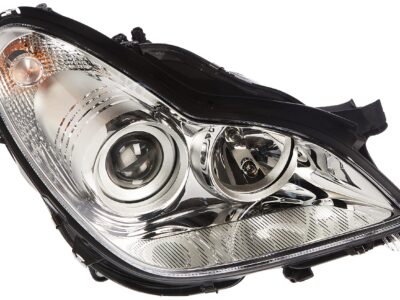
DIY: Replacing the Front Seatbelt Anchors in Your Fiat Panda
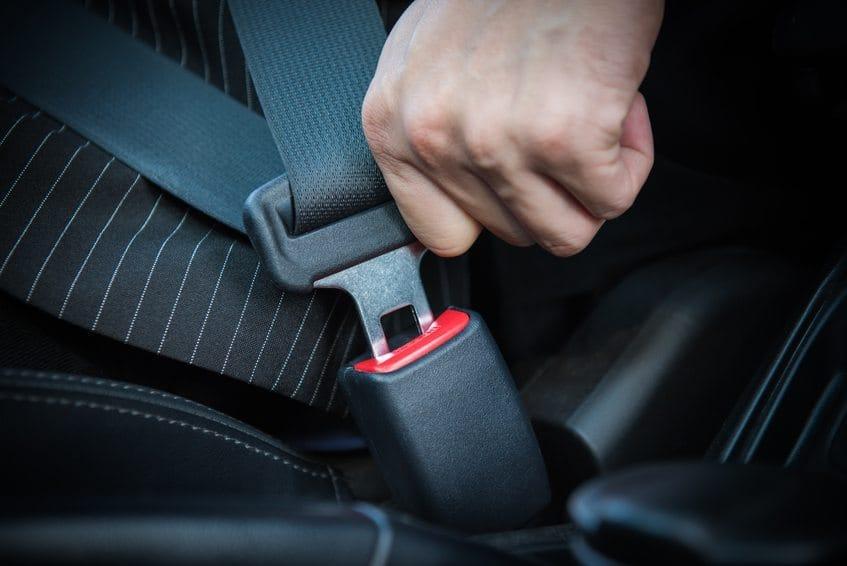
Replacing the front seatbelt anchors in your Fiat Panda is a relatively straightforward DIY task that can be completed with basic tools. Over time, the anchors can become worn or corroded, compromising the safety of the vehicle's occupants. By replacing the anchors, you can ensure that your seatbelts function properly and provide optimal protection in the event of an accident. This article will guide you through the process, providing step-by-step instructions and helpful tips to make the task as smooth as possible, and get your Fiat Panda back to its original safety standards.
- Replacing Front Seatbelt Anchors: A Step-by-Step Guide for Fiat Panda Owners
- Can you replace seatbelts yourself?
- What is a seat belt anchor loop?
- How do you reset a seat belt tensioner?
- Frequently Asked Questions
- What tools are required to replace the front seatbelt anchors in my Fiat Panda?
- Is it necessary to consult a professional mechanic for this DIY task?
- Can I reuse the existing bolts when installing new front seatbelt anchors?
- How long does it typically take to replace the front seatbelt anchors in a Fiat Panda?
Replacing Front Seatbelt Anchors: A Step-by-Step Guide for Fiat Panda Owners
Replacing the front seatbelt anchors in your Fiat Panda is a relatively straightforward process that can be accomplished with basic DIY skills and the right tools. The front seatbelt anchors play a crucial role in ensuring the safety of the vehicle's occupants, and worn-out or damaged anchors can compromise the effectiveness of the seatbelts. In this guide, we will walk you through the process of replacing the front seatbelt anchors in your Fiat Panda.
Tools and Materials Needed
To replace the front seatbelt anchors in your Fiat Panda, you will need a few specialized tools and materials. These include a socket set, a torque wrench, and replacement anchor bolts and washers. It is essential to ensure that the replacement parts are compatible with your vehicle's make and model to guarantee a secure and proper fit. You can find the necessary tools and materials at most auto parts stores or online retailers.
Removing the Old Anchors
Removing the old front seatbelt anchors requires careful attention to detail to avoid damaging the surrounding area. Start by disconnecting the seatbelt from the anchor, then use a socket wrench to loosen and remove the anchor bolt. Once the bolt is removed, you can pull the anchor out of its mounting bracket. Be sure to inspect the area around the anchor for any signs of damage or wear, and make any necessary repairs before proceeding.
Installing the New Anchors
Installing the new front seatbelt anchors involves reversing the steps used to remove the old ones. Begin by inserting the new anchor into its mounting bracket, ensuring it is properly seated and aligned. Next, tighten the anchor bolt to the specified torque using a torque wrench. Finally, reconnect the seatbelt to the anchor and test it to ensure it is functioning correctly.
| Component | Description | Torque Specification |
|---|---|---|
| Anchor Bolt | M10 x 1.5 | 40 Nm |
| Mounting Bracket | Steel | N/A |
| Seatbelt Anchor | Fiat Panda Specific | N/A |
Can you replace seatbelts yourself?

Replacing a seatbelt is a relatively straightforward process, but it does require some technical knowledge and the right tools. In most cases, it is possible to replace a seatbelt yourself, but it is crucial to ensure that the new seatbelt is compatible with your vehicle's make and model.
Understanding Seatbelt Types
To replace a seatbelt, you first need to understand the type of seatbelt your vehicle is equipped with. There are several types, including lap belts, three-point belts, and inertia reel belts. Knowing the type of seatbelt you have will help you choose the correct replacement.
You may be interested in reading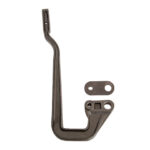 Resolving Fiat Panda Tailgate Release Mechanism Issues
Resolving Fiat Panda Tailgate Release Mechanism Issues- Check your vehicle's manual to determine the type of seatbelt it has.
- Inspect the seatbelt for any labels or markings that indicate its type.
- Consult with a professional if you are unsure about the type of seatbelt your vehicle has.
Replacing the Seatbelt
Once you have determined the type of seatbelt you need, you can begin the replacement process. This typically involves removing the old seatbelt from its mounting points and installing the new one.
- Disconnect the old seatbelt from its anchor points and remove any necessary trim or covers to access the mounting bolts.
- Install the new seatbelt, ensuring it is properly secured to the mounting points.
- Tighten all bolts and screws to the specified torque to ensure the seatbelt is safely and correctly installed.
Safety Considerations
When replacing a seatbelt, safety should be your top priority. A incorrectly installed seatbelt can be ineffective in the event of an accident, putting occupants at risk of serious injury.
- Always refer to your vehicle's manual for specific instructions on replacing the seatbelt.
- Ensure the new seatbelt is certified to the relevant safety standards for your region.
- Test the seatbelt after installation to ensure it is functioning correctly.
What is a seat belt anchor loop?
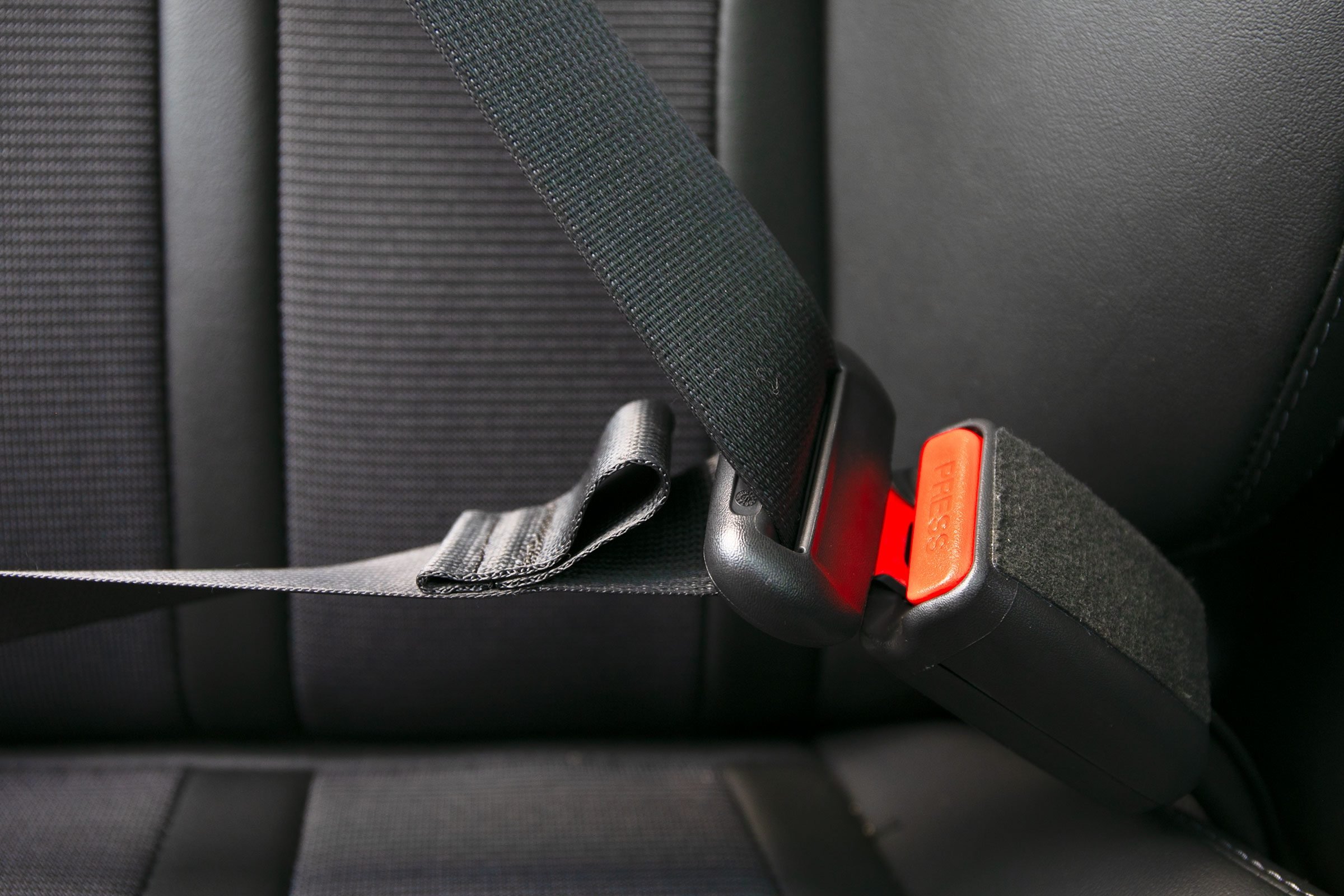
A seat belt anchor loop is a component of a vehicle's seat belt system that serves as an attachment point for the seat belt webbing. It is typically a metal loop or ring that is securely fastened to the vehicle's structure, such as the seat frame or the floor pan. The seat belt webbing passes through the anchor loop, which helps to guide the belt and distribute the forces generated during a crash or sudden stop.
Function of Seat Belt Anchor Loop
The seat belt anchor loop plays a crucial role in ensuring the proper functioning of the seat belt system. It helps to maintain the correct position of the seat belt webbing, preventing it from becoming twisted or tangled. The anchor loop also helps to reduce the risk of injury by distributing the forces generated during a crash across the seat belt and the vehicle's structure.
- The anchor loop provides a secure attachment point for the seat belt webbing.
- It helps to guide the seat belt webbing, ensuring that it remains in the correct position.
- The anchor loop assists in distributing the forces generated during a crash, reducing the risk of injury to occupants.
Types of Seat Belt Anchor Loops
There are different types of seat belt anchor loops used in vehicles, depending on the design and configuration of the seat belt system. Some common types include fixed anchor loops, adjustable anchor loops, and retracting anchor loops.
- Fixed anchor loops are permanently attached to the vehicle's structure and do not move or adjust.
- Adjustable anchor loops can be moved or adjusted to accommodate different seat belt configurations or occupant sizes.
- Retracting anchor loops are designed to retract or move out of the way when not in use, providing greater flexibility and convenience.
Importance of Seat Belt Anchor Loop Maintenance
Proper maintenance of the seat belt anchor loop is essential to ensure the overall safety and effectiveness of the seat belt system. Regular inspections should be performed to check for signs of wear or damage, such as rust or corrosion.
- Regular inspections can help identify potential issues before they become major problems.
- Cleaning and lubricating the anchor loop can help prevent corrosion and ensure smooth operation.
- Replacing a damaged or worn-out anchor loop is crucial to maintaining the integrity of the seat belt system.
How do you reset a seat belt tensioner?

 Resolving Fiat Panda Tailgate Release Mechanism Issues
Resolving Fiat Panda Tailgate Release Mechanism Issues Fiat Panda Suspension Problems: Identifying and Fixing Common Faults
Fiat Panda Suspension Problems: Identifying and Fixing Common FaultsResetting a seat belt tensioner can be a bit of a complex process, as it depends on the specific vehicle and the type of tensioner it has. Generally, a seat belt tensioner is a safety device designed to tighten the seat belt in the event of sudden stops or crashes, thereby reducing the risk of injury. To reset a seat belt tensioner, one typically needs to follow a specific procedure that may involve checking the vehicle's manual or consulting a professional mechanic.
Understanding the Type of Tensioner
The first step in resetting a seat belt tensioner is to understand the type of tensioner your vehicle is equipped with. There are generally two types: mechanical and pyrotechnic (or explosive). Knowing the type can help guide the reset process.
- Check the vehicle's manual to identify the type of tensioner.
- Look for any indicators or labels on the seat belt or tensioner that provide information.
- Consult with a mechanic if you're unsure about the type of tensioner.
Steps to Reset a Mechanical Tensioner
For vehicles equipped with mechanical seat belt tensioners, the reset process may involve manually releasing the tensioner. This can sometimes be done by accessing the tensioner mechanism directly.
- Locate the tensioner mechanism, usually found near the seat belt's anchor point or within the seat belt retractor.
- Release the tension by following the manufacturer's instructions or by carefully manipulating the mechanism.
- Check that the seat belt operates smoothly after the reset.
Resetting a Pyrotechnic Tensioner
Pyrotechnic tensioners, on the other hand, are more complex and typically require professional attention to reset, as they involve explosive charges that are triggered in the event of a crash.
- Recognize that a pyrotechnic tensioner that has deployed may need to be replaced entirely.
- Consult a professional mechanic or the vehicle's dealership for assistance.
- Ensure that any replacement parts are sourced from authorized dealers to maintain safety standards.
Frequently Asked Questions
What tools are required to replace the front seatbelt anchors in my Fiat Panda?
To replace the front seatbelt anchors, you will need a socket wrench set, a Torx screwdriver, and a new set of anchors. Ensure the socket wrench is of the correct size for your Fiat Panda model. The Torx screwdriver is necessary for removing the screws holding the old anchors in place. Having the correct tools will simplify the process and prevent damage to the surrounding area.
Is it necessary to consult a professional mechanic for this DIY task?
While it's possible to replace the front seatbelt anchors yourself, consulting a professional mechanic is recommended if you're not familiar with the process. They can provide guidance and ensure the job is done correctly. If you're confident in your DIY skills and have the necessary tools, you can complete the task at home. However, safety should be your top priority.
Can I reuse the existing bolts when installing new front seatbelt anchors?
It's generally not recommended to reuse the existing bolts when installing new front seatbelt anchors. The old bolts may be corroded or worn out, which could compromise the safety and effectiveness of the new anchors. Using new bolts ensures a secure and proper fit, providing optimal safety for the vehicle's occupants. Always refer to your Fiat Panda's repair manual for specific guidance.
How long does it typically take to replace the front seatbelt anchors in a Fiat Panda?
The time required to replace the front seatbelt anchors can vary depending on your level of experience and the tools available. On average, it can take around 1-2 hours to complete the task. This includes removing the old anchors, inspecting the area, and installing the new ones. If you're not comfortable with the process, it's best to allocate more time or seek professional assistance.
You may be interested in reading Resolving Fiat Panda Tailgate Release Mechanism Issues
Resolving Fiat Panda Tailgate Release Mechanism Issues Fiat Panda Suspension Problems: Identifying and Fixing Common Faults
Fiat Panda Suspension Problems: Identifying and Fixing Common Faults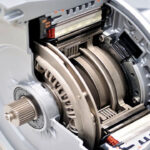 How to Address Clutch Judder in the Fiat Panda
How to Address Clutch Judder in the Fiat Panda
If you want to know other articles similar to DIY: Replacing the Front Seatbelt Anchors in Your Fiat Panda you can visit the category Fiat Panda.
Deja una respuesta





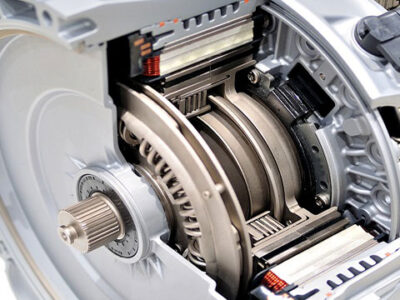
More content of your interest